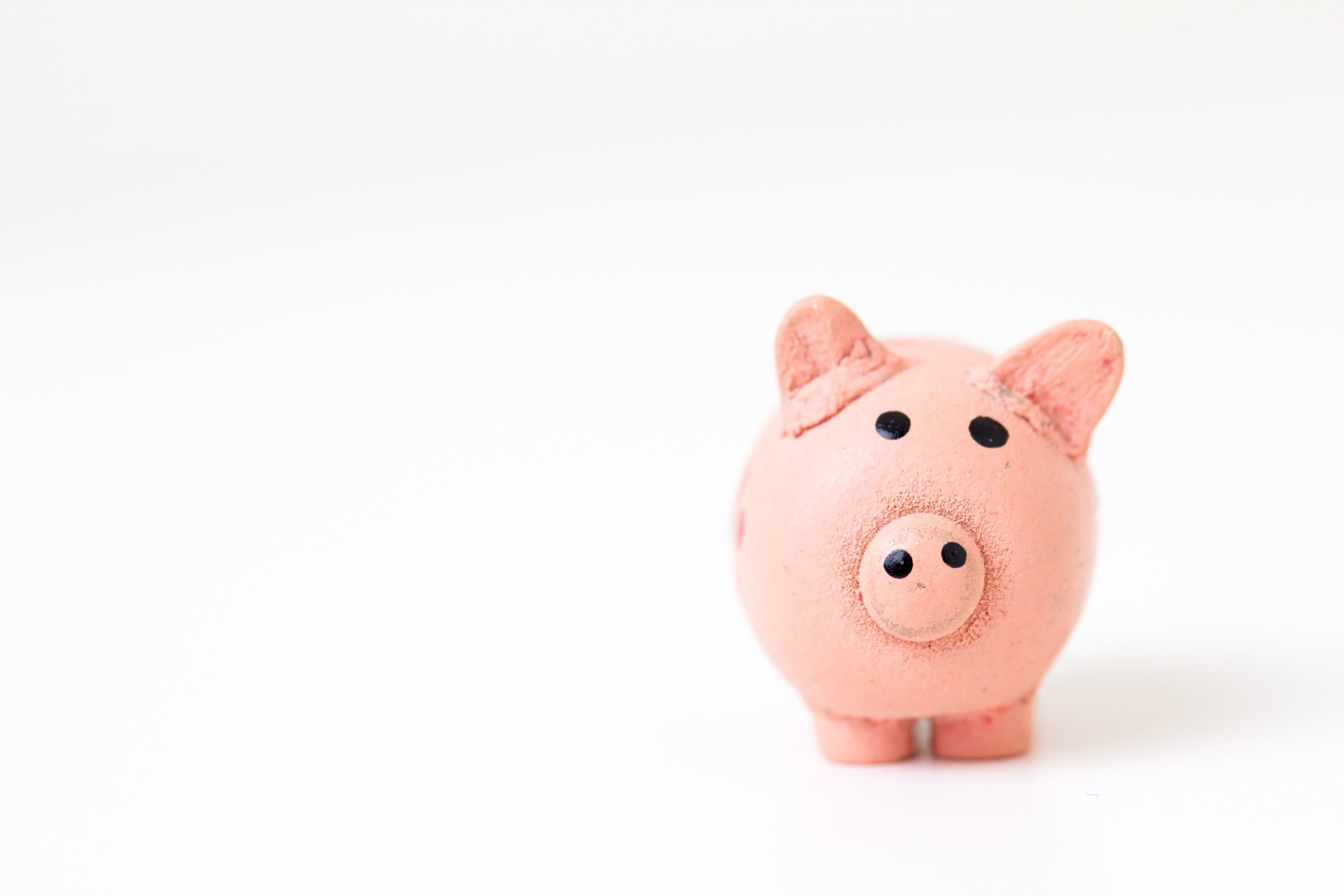It’s early in 2020, and a lot of people are starting to ask themselves what they need to do about RRSP contributions before the March 2nd deadline. While many people may use this 60-day period deadline at the start of the new year to consider this decision, the sooner you begin planning ahead, the better off you’ll be.
Another factor also comes to mind when weighing RRSP contributions is the Tax-Free Savings Account (TFSA). As the name states, any investment income from a TFSA is non-taxable. Does it make better sense then, to invest in a TFSA rather than an RRSP?
Tax Savings Decisions
There are several factors to consider when determining the best place to invest money each year. For example, if you have the option to pay down part of our mortgage beyond the monthly payments, should you opt to do that, or buy an RRSP? We’ll revisit this question below.
What’s the best way to make these decisions? Long-term tax planning, preferably with the advice of an experienced and knowledgeable Chartered Professional Accountant. Failing to think long-term with respect to investments and the inherent tax implications means that you run the risk of losing out in the long run in an effort to save money on a short-term basis.
If you buy an RRSP when your tax rate is lower than your estimated tax rate when you retire, you will end up paying more taxes, not less. For example, if you buy a $5,000 RRSP when your tax rate is 25%, you will reduce your taxes paid in that tax year by $1,250. When you retire and withdraw the $5,000 when you have a tax rate of 30%, you will be paying $1,500 in taxes. If your RRSP is well-managed, the investment income can offset this this difference of $250, but you are still not maximizing your retirement income.
If as above, your present tax rate is lower than your forecasted tax rate at retirement, you can think about investing in a TFSA. This does not reduce how much you have to pay in taxes for the current year, but it can have a significant positive impact on your retirement funds. Any money invested in a TFSA comes from your after-tax money. This is the money that comes with your paycheck after the income tax and other deductions have been subtracted. If you were to accumulate a good nest egg in a TFSA by the time you retire, when you start to withdraw money from it, no income tax is deducted. This means that the $1,500 you lost to taxes in the RRSP example above would remain yours to keep.
Best Option to Minimize Long-Term Personal Income Taxes
What does this tell us? Invest in TFSAs in your early working years and RRSPs in your later working years, when your tax rate will be higher than your estimated tax rate upon your retirement. One more fact to remember when you are buying RRSPs: if your spouse’s income tax rate is lower than yours, you could put money into a spousal RRSP and earn a tax deduction on the contribution. Your spouse will have a time period to wait before they can withdraw from the spousal RRSP, but the end result is that the overall taxes paid by you and your spouse will be lower.
As for the question posed earlier, what happens when you have a mortgage to pay off and you have the opportunity to pay it down? You are faced with a decision – decrease the mortgage balance outstanding or buy an RRSP or invest in a TFSA. To help make this decision, remember that any interest that you pay
on your mortgage is not tax deductible. You could opt to pay down the mortgage and use the money saved on mortgage interest to invest in an RRSP or TFSA, depending on your age.
If you would like to discuss your long-term investment strategy in order to maximize your investment while reducing your tax burden, please contact the experienced Chartered Professional Accountants at Edelkoort Smethurst CPAs LLP by calling 905-517-2297 or by reaching out online.

